New archaeological site revises human habitation timeline on Tibetan plateau
Nwya Devu site is located at the core area of Qinghai-Tibetan Plateau, about 4,600 meters above sea level.It is the oldest and highest earliest Paleolithic archaeological site known anywhere in the world. The excavation was conducted in 2016 during systematic archaeological survey performed by the Tibetan Heritage Conservation Institute together with the Institute of Vertebrate Paleontology and Paleoanthropology (IVPP) of CAS. In addition, the sample for chronology and paleoenvironmental analysis was collected in the year of 2017 and 2018.
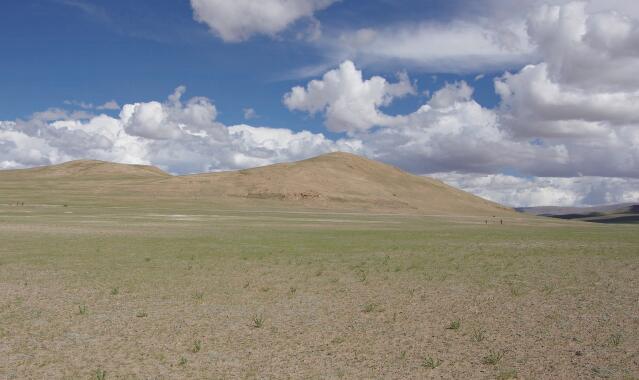
Distant view of Nwya Devu site
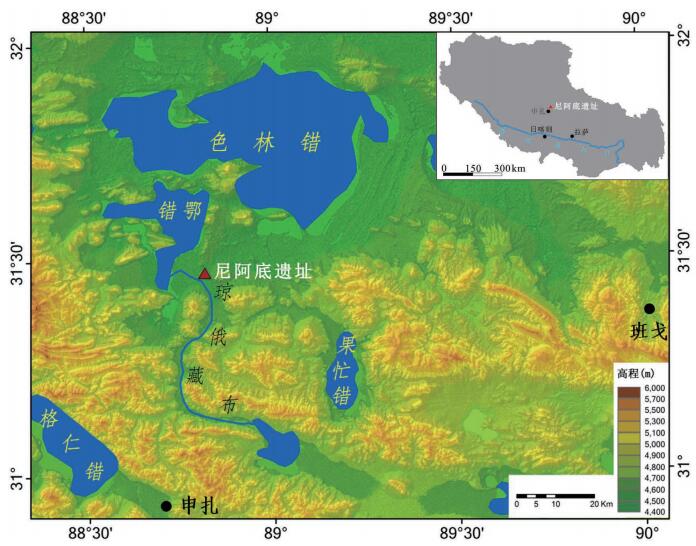
The location of Nwya Devu site
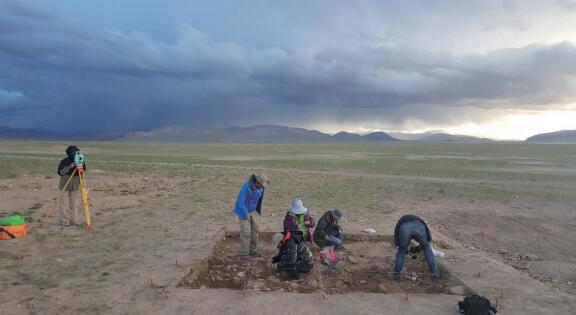
Unearth the relics of Nwya Devu site
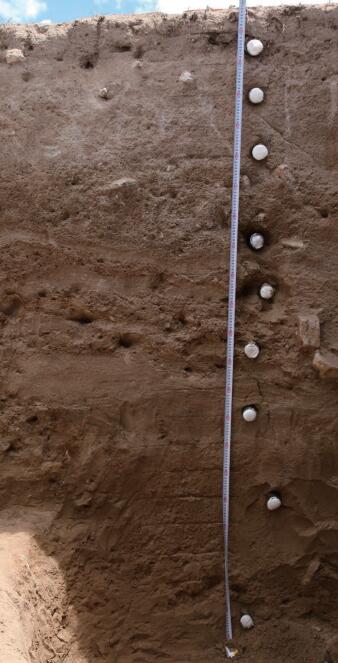
Section of the layer
Since there was not enough material such as animal bones and charcoal for radiocarbon dating, the sediment were dated primarily by optically stimulated luminescence (OSL). Based on repeatedly stratigraphic layer sample taking and signal test, three sets of reliable data had required. It is OSL dated from around 40,000 to 30,000 BP.
It is the first Paleolithic archaeological site discovered in Qinghai-Tibetan Plateau that preserves intact stratigraphy allowing age-dating of the site's antiquity. It is also the earliest archaeological record of high-altitude human activity and the highest human habitation every found.
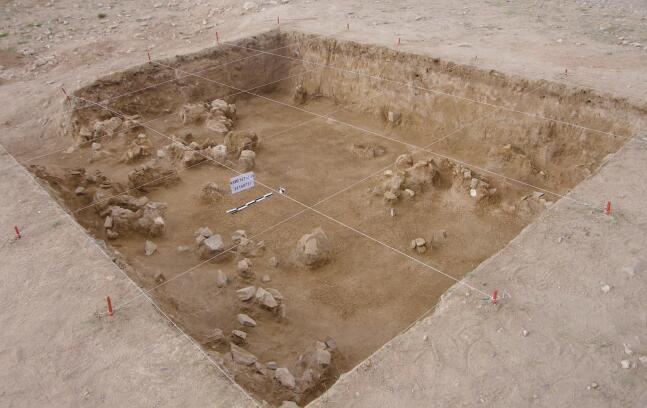
The excavation unit
The age-dating result indicating that the site belonged to Marine Isotope Stage 3 (MIS3) during the interstadial of the last glacial maximum, indicating rather warm and humid climate for the survival of humans who camped in this environment. The Late Pleistocene was a crucial period for human evolution. During that time, the behavior and cognitive ability of ancient humans developed rapidly and the ability to adapt to a broader range of environments similarly increased. This archaeological achievement is a major breakthrough in our understanding of the human occupation and evolution of the Qinghai-Tibetan Plateau as well as larger-scale prehistoric human migration and exchanges.(Translator: Zhang Chen)
During the excavation from July to August in 2016, 3,683 lithic artifacts were excavated from the site. The lithic assemblage at Nwya Devu site consists primarily of cores, blades, flakes, scrapers, points, notch and so on. The characteristic of Nwya Devu culture is unique, taking blade technology as the main cultural feature. Blades became the favored technology of the Upper Paleolithic era, with reduction sequence analysis such as prepared cores-blade removal-process, its products were standard, delicate and sharp which represent a high-technology of tool-making at that time by human beings. The Blade technology was popular in Africa, Europe, west Asian and Siberian. Unlike in these areas where the appearance of blade technology is deeply relevant to modern human origins, the proliferation of blade technology into China even into East Asia shows a complex picture. It could be found in a few locality such as Xinjiang, Ningxia, Inner Mongolia, Heilongjiang and so on. The prehistoric cultural artifacts especially the blade technology from Nwya Devu provide important archaeological evidence of the survival strategies of early anatomically and behaviorally modern people to what is arguably the most rigorous terrestrial environment on earth. It also allows analysis of Paleolithic exchange and interactions between the East and the West, suggesting possible migration routes.

